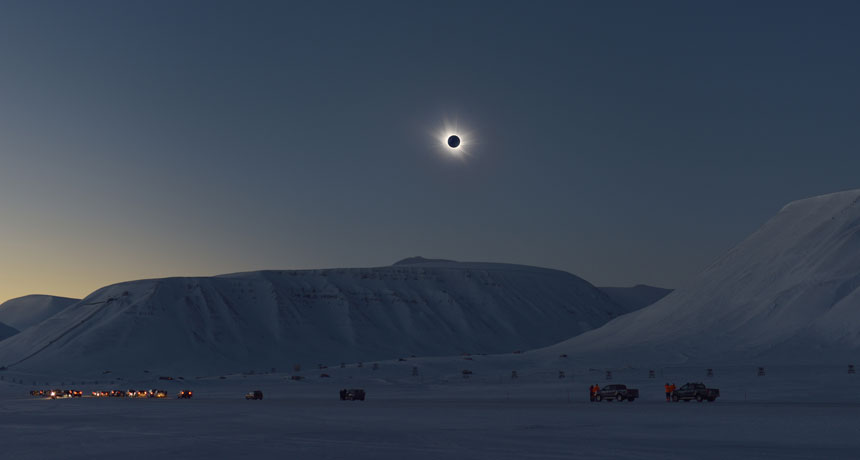Questions for Cool Jobs: Exploring the solar system

Some solar-system research can be carried out on Earth. For instance, this analysis of the sun’s bright corona was conducted during a March 2016 eclipse in Svalbard, Norway.
Miloslav Druckmüller

Some solar-system research can be carried out on Earth. For instance, this analysis of the sun’s bright corona was conducted during a March 2016 eclipse in Svalbard, Norway.
Miloslav Druckmüller
Register to access:
An error occurred. Please try again.
Already Registered? Enter your e-mail address above.